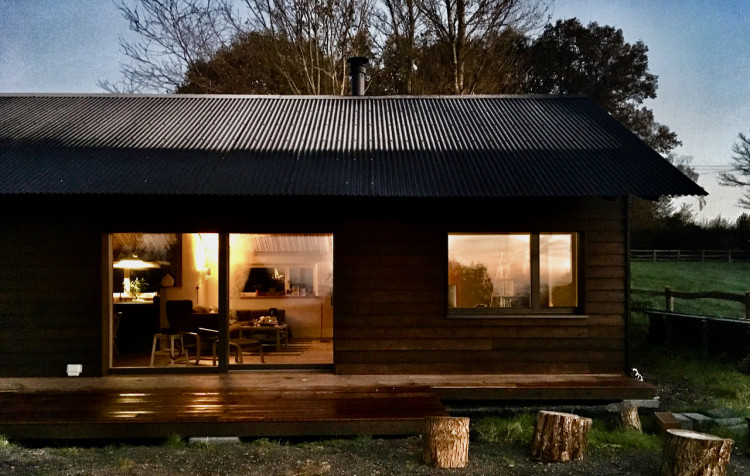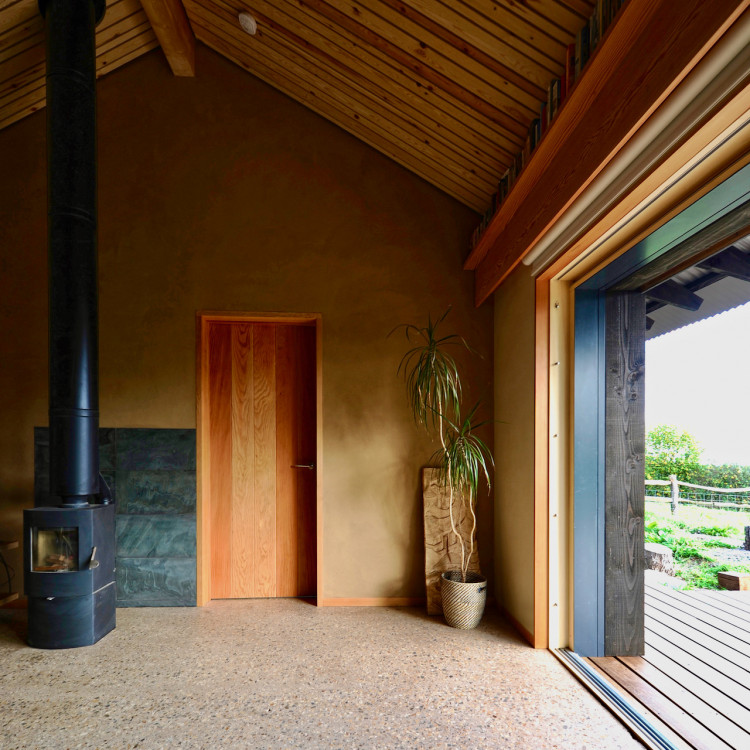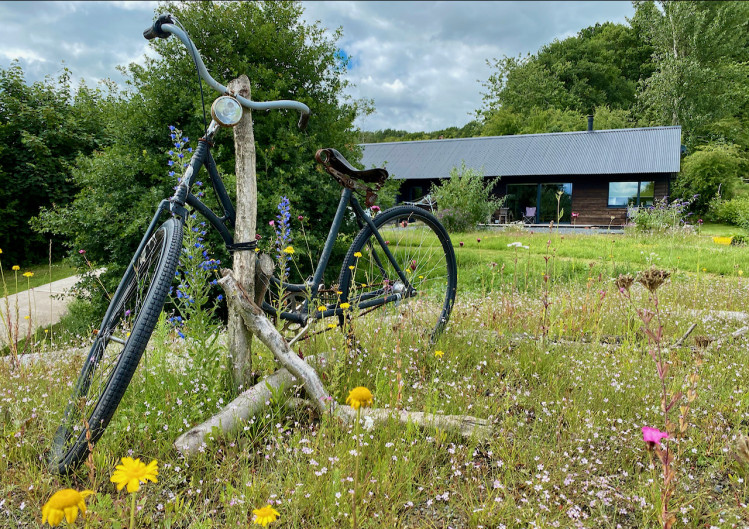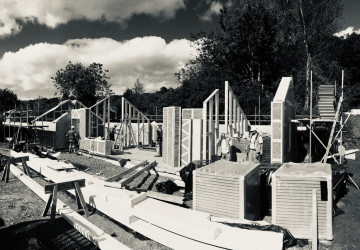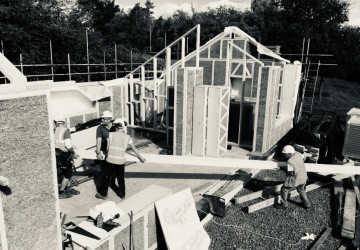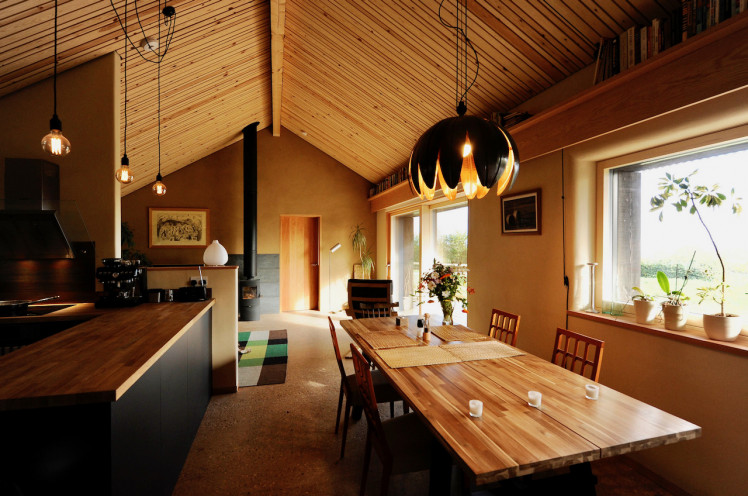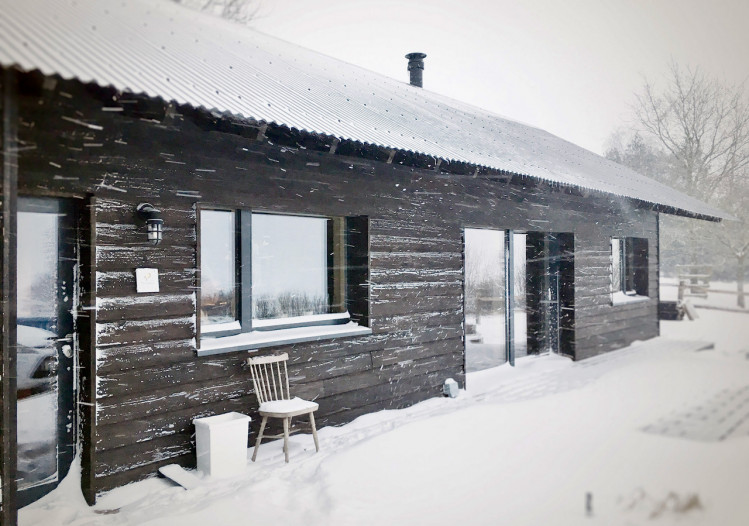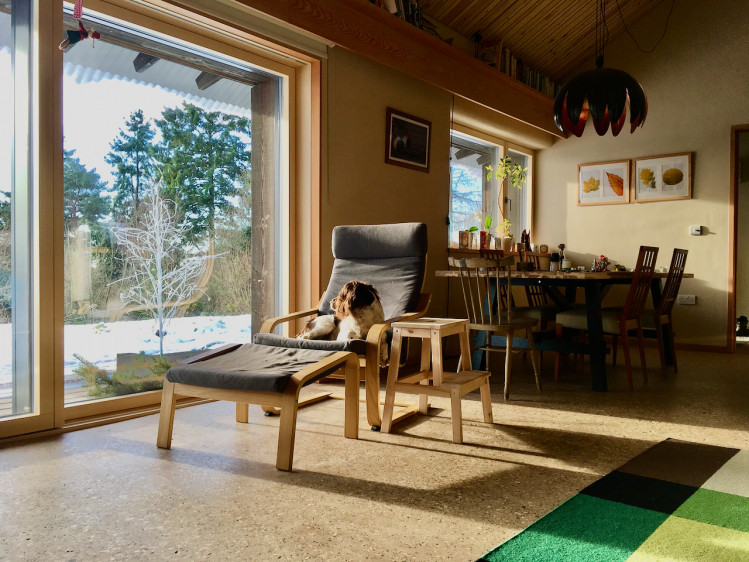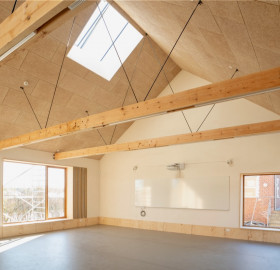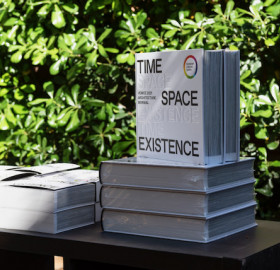Juraj Mikurcik is an architect with a great passion for sustainable Passive Houses, which are built with healthy, renewable materials.
As he was the guinea pig for our very own prefabricated straw-and-timber construction system in the UK, who better to give an objective assessment of the comfort levels of a Passive House?
Background
Juraj Mikurcik was one of the first people in the UK to pass as a European Passive House Designer. An architect at the renowned architectural studio Architype, he is also the lead designer of the award-winning Burry Port Community Primary, which incorporated an innovative use of Welsh timber.
Five years ago, he embarked on his own personal journey, building the very first EcoCocon home in the UK.
Ultimately Juraj has one very simple goal in mind - making clients’ dreams come true. But did we make his dream come true? We got a chance to peek into his EcoCocon home, ‘Old Holloway’.
_____
What do you do as a Passive House designer?
As an architect, being a passive house designer is just one specific role I apply in building design. It’s a qualification I use to aid the design process, looking at the control of heat moving in and out of buildings and other important aspects related to physics.
How does a Passive House work exactly?
Energy use is a lot lower because you are using much improved insulation compared to a normal building. It’s also very airtight. So the heat loss from the building is really minimised. It doesn’t take a lot of energy to keep the building heated.
The insulation is typically a lot better than building regulations require. In a normal building you sometimes have gaps around windows or junctions between external walls and the roof - draughts that you don’t know how to stop. In a Passive House, this just doesn’t exist.
With normal buildings, there is a huge gap between what is designed and what is actually delivered. We design a building to consume x amount of energy, but the reality is it consumes twice as much. In a Passive House what is designed is what is delivered. That’s great.
Are there other benefits?
The main benefits I see are the improved health of the occupants and comfort. Those are the key aspects for us.
There are studies that say typical buildings, especially in winter, are not ventilated enough, so CO2 levels really rise up, and that affects how people behave. In schools – 30 people in a classroom – the CO2 levels really go up over the recommended limits, and the pupils’ ability to learn goes down, whereas in Passive Houses you have constant ventilation, so fresh air is being brought into the whole building without losing heat.
You mentioned the comfort levels?
These buildings are incredibly comfortable. In a normal building you would have really warm parts near the radiators and then cold parts next to a window – cold and hot spots. In a passive house building it’s all quite an even temperature. You don’t need to wrap up in a blanket, it’s just very warm and comfortable.
What is the air quality like?
A ventilation system supplies fresh air all the time, running in the background, very quiet. It supplies fresh air, removes used air, and exchanges heat, keeping it inside. In a normal house you open windows to get fresh air and lose all the heat.
How much money can you save following Passive House principles?
On average, we found with Passive House projects that energy bills reduce by about 80-90% compared to previous buildings built 30-40 years ago. So it’s a huge saving, especially for big clients like schools. We are talking about thousands and thousands of pounds per year and the schools could afford another teacher, for example.
Architype is known for specialising in sustainable architecture. It was the first architect’s practice to bring timber beams into the UK from Scandinavia 30 years ago. What do you see as the main benefits of using bio-based materials in construction?
By embodying carbon in the material, we are making a significant difference to the environment. The upfront carbon is what is actually embodied in the material. We know bio-based materials like timber, straw, cellulose, hemp and similar materials have quite low embodied carbon. You could even say they are holding on to negative emissions, because they’re locking up the carbon. Obviously, materials like concrete and steel take a lot of energy and carbon to produce, So these are big differences.
Emissions associated with the production of these materials really need to be considered as part of the design, because buildings are responsible for an awful lot of emissions. We all need to think of these things and think how to minimise the impact of what we are doing.
Out of the many natural material choices out there, why did you decide to build your home with EcoCocon?
I heard about the system from Bjørn Kierulf, CEO of EcoCocon, back in 2012. It just seemed like a very good system to combine bio-based materials with the high performance that would suit a Passive House: well-insulated and airtight.
Bjørn was getting the system certified as a Passive House component, and that really helps designers to make a decision, because the certification provides evidence of performance. If the system already has the certificate, you can just take that data and not worry about it. You simply know it will perform well.
The other appeal of the system to me personally was that it was suitable for a self-builder. We wanted to build our own house, so it just seemed like a good system that we could manage quite easily. It’s quite intuitive, simple, like big LEGO blocks that fit together.
I used it but there was always the question of examples to see. At that time there were none in the UK, so I was the guinea pig.
Did you have hesitations in the beginning?
At an event in Lithuania before we started building, I learned a lot about the system.
We talked about the risk of fire. You think: “timber and straw, oh, it’s gonna burn”. But the straw is so densely packed in the timber frame, it is extremely hard to make it burn. It’s also covered in a clay plaster, which is a strong protection from inside. This allowed me to feel completely safe in the build.
EcoCocon provided the necessary building certificates and the insurance companies were also quite happy because the EcoCocon system is essentially a timber frame system which makes it easily acceptable.
Your house has won the UK Passive House Trust Award in the small projects category. What is special about it?
I guess it captured the judges’ imagination. It’s modest in size and budget, but is deceptively spacious inside due to open cathedral ceilings. It also offers good levels of spatial flexibility and can be used as a two bedroom house with an office, guest bedroom or a three bedroom house.
How long did it take for your home to be built?
When we started to put the EcoCocon panels up, it took about a month for the roof to be covered, walls to be covered in wood fibre and the windows installed. At that point, it was weathertight.
It is quite important for protecting the building that it stays away from water and rain – especially in the UK where it rains a lot. But it takes one month – it is very quick. Normal houses built in a more traditional way would take 3 months or more to get weathertight – so it is a huge improvement.
How do you heat the house? How much energy does it consume?
We don’t need a central heating system like radiators or underfloor heating. We have one small wood stove in the main living area. It heats the main living space and the kitchen, and the air moves into other spaces. We can heat our house with that small burner if we need to. On average we don’t light it very often – maybe every second day for a couple of hours. And that’s about it.
You took part in the Passive House challenge and lived completely heating-free for a week in the middle of winter. How did it go?
It was fun! We knew the house would perform reasonably well. The first few days were quite sunny, which meant the house was warmed up by the sunshine. Later on, we had overcast days and the internal temperature started to drop. In the end, we lasted about 10 days before we felt a bit too cold and put the heating on.
This demonstrated how resilient the Passive House concept is and how little heating is really required to keep these types of buildings comfortable.
How does the house cope with heat waves?
Very well. Internal temperature has never exceeded 25°C even during prolonged heat waves.
How would you sum up the main benefits of Passive Houses?
Health, comfort, reducing fuel poverty, lower running costs and closing the performance gap between design and reality.
What would you advise someone if they were interested in building a Passive House?
Go for it. Keep the design simple and it won’t cost more than any other new house. The question really is why wouldn’t you build a Passive House?
Authors: Simona Luckanicova & Stephen McGarry
We hope you enjoyed reading this article learning about Juraj’s home and the benefits of Passive Houses. You can learn more at his blog: https://oldholloway.wordpress.com


